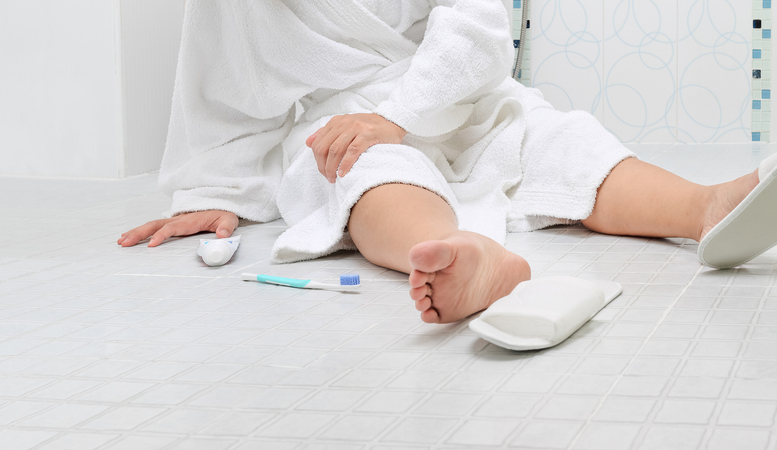Falls are a significant concern for older adults, being the leading cause of injury-related hospitalizations among Canadians aged 65 and older. In fact, about 20-30% of seniors experience a fall each year, often in their own homes. These incidents can have serious consequences, but with the right precautions, many falls can be prevented, allowing seniors to live independently and safely. Here are some key strategies to reduce the risk of falls in your home.
1. The Impact of Hearing and Vision on Balance
Hearing loss can triple the risk of falling. Your auditory system and inner ear, which play crucial roles in maintaining balance, may be compromised if you have hearing loss. This connection highlights the importance of regular hearing tests and, when necessary, using hearing aids. These devices may not only improve your hearing but also enhance your stability.
Vision also plays a critical role in balance. Changes in eyesight can make it difficult to see the edge of a curb or stair, or to detect a sloping path. Regular eye exams are essential, and ensuring your home is well-lit, especially in areas used at night, can help prevent falls. Motion-sensor lights, which activate without the need to fumble for switches, are a simple yet effective solution.
2. Creating a Safe Environment with Handrails and Steps
Stairs are one of the most hazardous places for falls in the home. The design of handrails and the size of steps significantly impact your safety. Round handrails that you can grip fully offer the best support. On the other hand, steps should be of appropriate height and depth—steps that are too short or too high can increase the risk of a fall. A well-designed staircase with secure handrails on both sides of the stairs can make a significant difference.
3. Using Mobility Aids Correctly
If you use mobility aids like canes or walkers, ensuring they are properly adjusted and maintained is vital. Occupational therapists recommend getting professional guidance on the correct height and usage of these devices. For instance, don’t use a wheeled walker to get up; instead, consider a bed rail or transfer pole for safer assistance.
4. Addressing the Fear of Falling
Experiencing a fall can lead to a fear of falling, which might cause you to reduce your physical activity. This, in turn, can weaken your muscles and balance, increasing the risk of future falls. If you’ve had a fall, it’s important not to dismiss it but to discuss it with your healthcare provider. They can help identify your personal risk factors and suggest ways to mitigate them, such as exercises to improve balance and strength.
5. The Role of Medications
Certain medications, especially those with side effects like drowsiness or dizziness, can increase your risk of falling. It’s crucial to review your medications with your doctor or pharmacist regularly to ensure they are still appropriate, that you aren’t taking some combination of medications that interact poorly and to adjust them if necessary.
6. Making the Bathroom Safer
The bathroom is one of the most dangerous areas in the home due to its slippery surfaces. Over 70% of falls occur when getting in and out of the tub. Installing grab bars and ensuring a non-slip environment are key steps in fall prevention. These modifications can significantly reduce the risk and make your bathroom a safer place. In fact, home modifications to all parts of the home can dramatically reduce the possibility of injury.
7. Wear Hip Protectors
The use of hip protectors in long term and nursing facilities has seen a reduction in hip fractures. While it’s far more challenging to convince community-dwelling adults to wear hip protection, any tool that can reduce fractures is worth a conversation. The combination of exercises to increase strength and balance and wearing a hip protector can increase the number of independent living years. Many think that a hip protector resembles hockey pants but nothing could be further from the truth. For example, the HipSaver SlimFit, favoured by The Oldish, is designed with discretion in mind.
Empowering Yourself with Knowledge and Support
Falls are a serious risk, but they are not inevitable. By understanding the factors that contribute to falls and taking proactive steps to address them, you can maintain your independence and continue to live safely in your home. Remember, it’s not just about preventing falls; it’s about preserving your quality of life. A fall that results in a fractured hip or a head injury could lead to the loss of your independence.






Add Your Voice
0 Comments
Join the Discussion